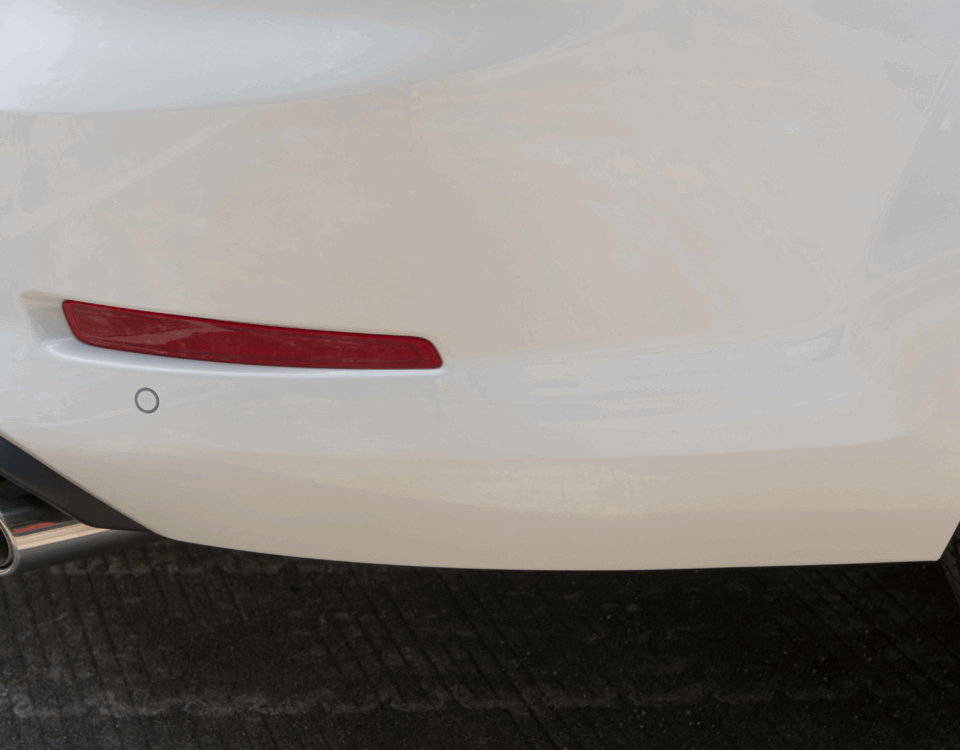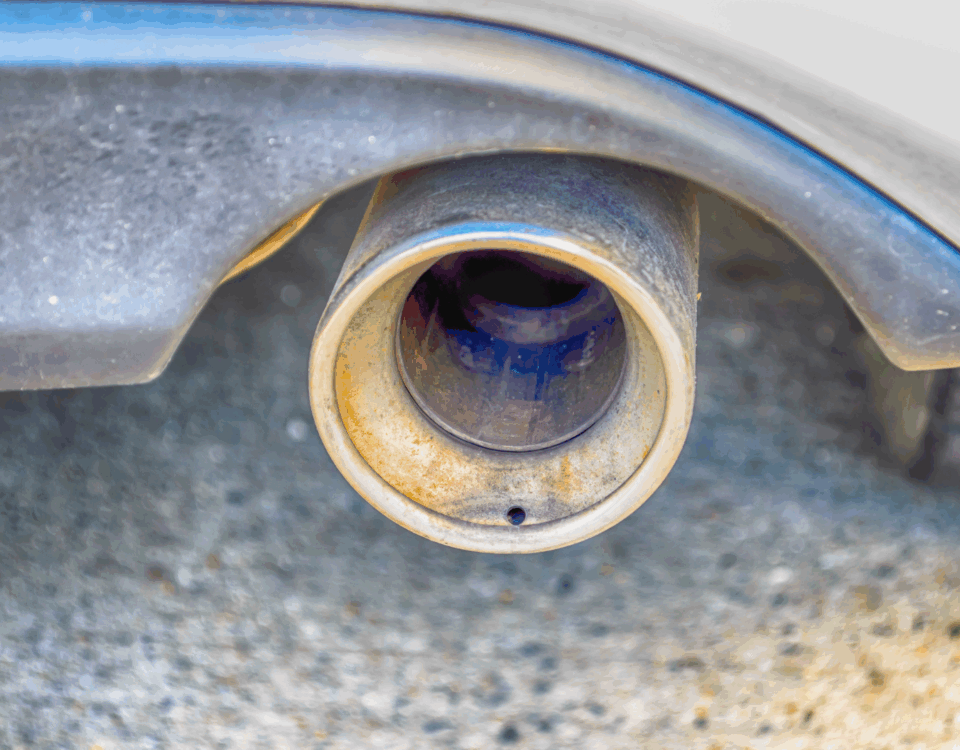How Smog Tests Work: An Insider’s Look
November 4, 2024A Guide to the Equipment Used at Smog Inspection Stations
November 4, 2024Vehicle emissions testing, commonly known as a smog test, is essential for maintaining air quality and ensuring cars on the road meet environmental standards. The process can seem complex, but it’s designed to check that vehicles aren’t emitting more pollutants than allowed by law. This article delves into the ins and outs of smog tests, explaining how they work and why they are crucial for our environment and health.
Understanding the Purpose of a Smog Test
Smog tests are designed to limit the pollutants that vehicles release into the air. Over time, as a car’s engine and exhaust components age, they can produce more pollutants, like hydrocarbons, nitrogen oxides, and carbon monoxide. Excessive emissions contribute to smog, which harms both human health and the environment. To combat this, smog tests ensure vehicles meet specific emission standards before being allowed on the road. These tests are often required when a vehicle is first registered and then periodically, depending on local regulations.
The Inspection Process: What Goes into a Smog Test
When you bring your vehicle in for a smog test, the technician follows a standardized process that involves several steps. First, they perform a visual inspection of the vehicle’s emission control components. This step ensures that all the necessary components, like the catalytic converter and fuel system, are in place and appear functional.
After the visual inspection, the technician will use specialized equipment to test the vehicle’s emissions. In older cars, a probe is inserted into the tailpipe to measure the levels of various pollutants directly from the exhaust. For newer vehicles, the smog test relies on data from the vehicle’s Onboard Diagnostics (OBD-II) system, which records information about the engine’s performance. If the data indicates that emissions are within the acceptable range, the car passes. However, if the vehicle emits excessive pollutants or the OBD-II flags issues, it will fail the test.
Analyzing Emission Levels and Pollutant Limits
During a smog test, emissions are analyzed to determine the concentration of specific pollutants. These include hydrocarbons (HC), carbon monoxide (CO), and nitrogen oxides (NOx), each of which contributes differently to air pollution. For example, hydrocarbons are a primary component of smog and result from unburned fuel. Carbon monoxide, a toxic gas, indicates incomplete combustion, while nitrogen oxides form when fuel burns at high temperatures, contributing to both smog and acid rain.
The testing equipment measures the levels of each pollutant and compares them to regulatory limits. If any pollutant exceeds its limit, the vehicle fails the smog test. This failure requires the vehicle owner to fix the problem, which might involve repairs or replacing malfunctioning parts. In many places, cars must pass the smog test before the registration can be renewed, ensuring ongoing compliance with emission standards.
What Happens if a Vehicle Fails the Smog Test
Failing a smog test can be frustrating, but it’s designed to address pollution issues proactively. When a car fails, the owner is typically given a diagnostic report detailing why it didn’t meet the standards. This report helps mechanics pinpoint specific problems—whether it’s a malfunctioning oxygen sensor, an aging catalytic converter, or an issue with the fuel injection system. Once the repairs are completed, the vehicle can undergo a retest.
In many cases, there are assistance programs to help offset repair costs for individuals who need financial help. Some states provide repair cost waivers if the vehicle meets certain criteria, such as being a vintage model or if extensive repairs have already been made. However, this depends on the jurisdiction, so it’s essential to be aware of local policies regarding smog tests and repairs.
The Future of Smog Tests and Vehicle Emissions Standards
As automotive technology evolves, so does the approach to smog tests. With more electric and hybrid vehicles on the road, emissions standards and testing methods are continually being updated. Electric vehicles, for example, don’t produce exhaust emissions, so they are exempt from traditional smog tests. For hybrid cars, the testing requirements vary depending on how much they rely on their gasoline engines.
The move toward cleaner, more efficient vehicles is expected to reduce the overall need for smog test in the future. However, for now, smog tests remain an essential part of maintaining clean air. As vehicles become more advanced, the process and technology behind smog testing will likely evolve to keep up with these changes, ensuring that our air stays clean and our vehicles run efficiently.





